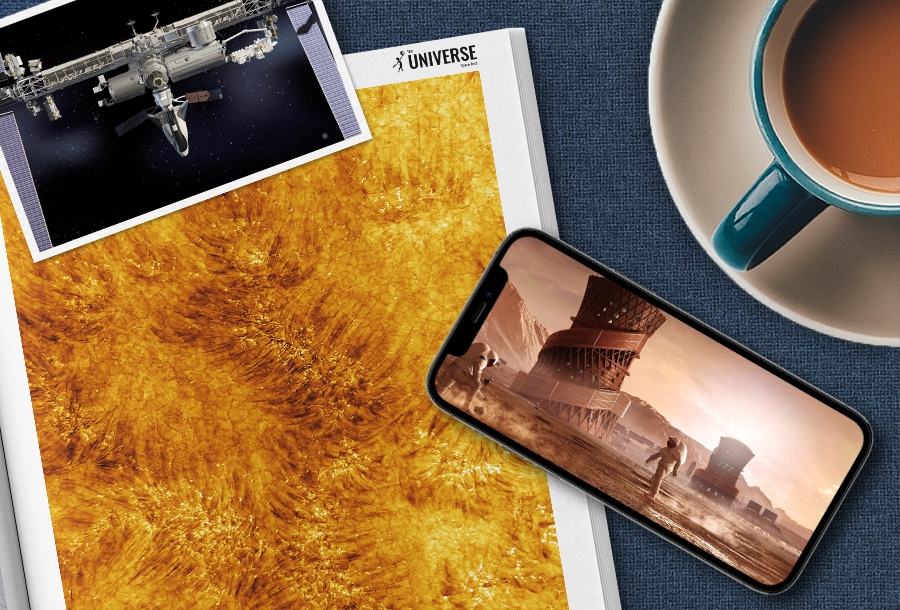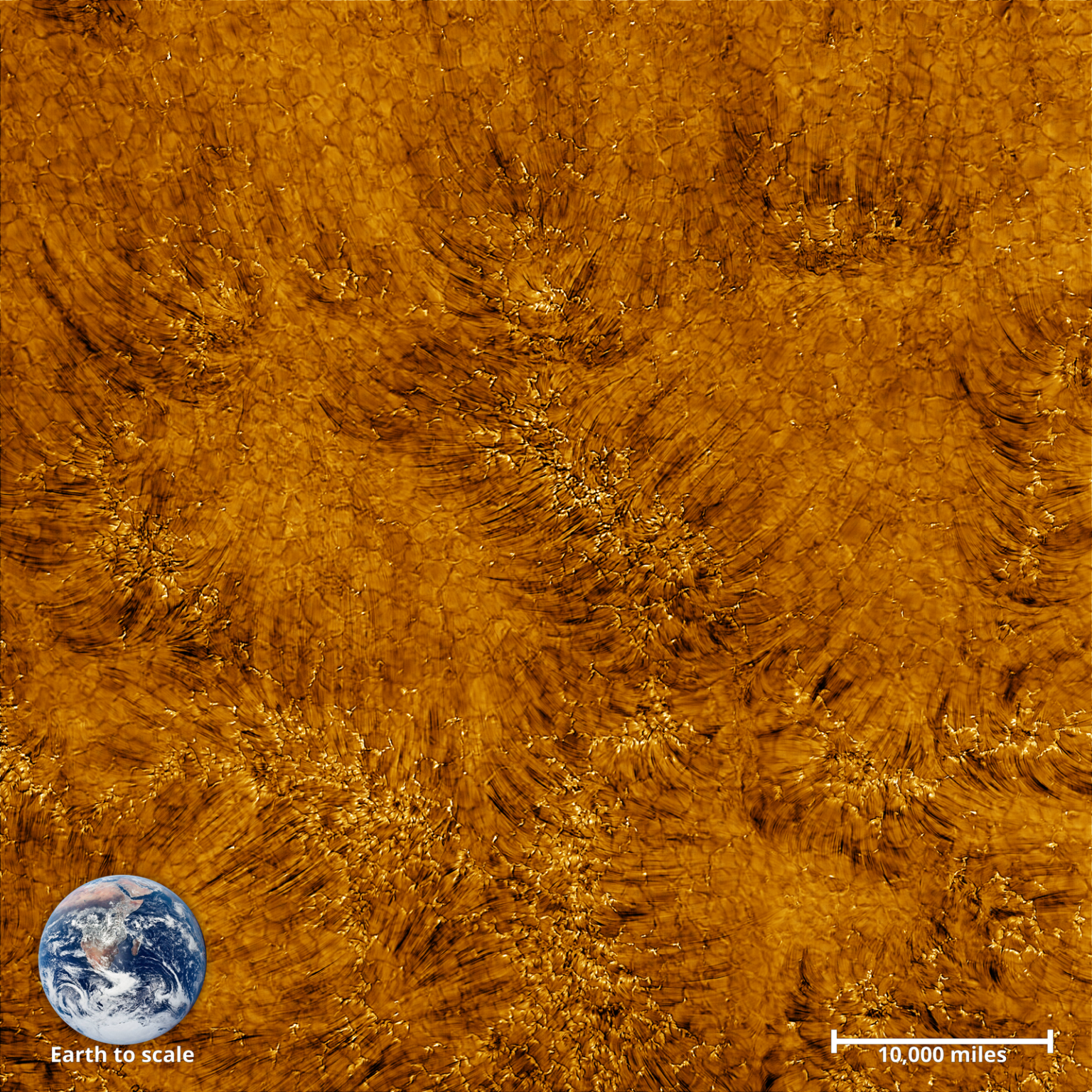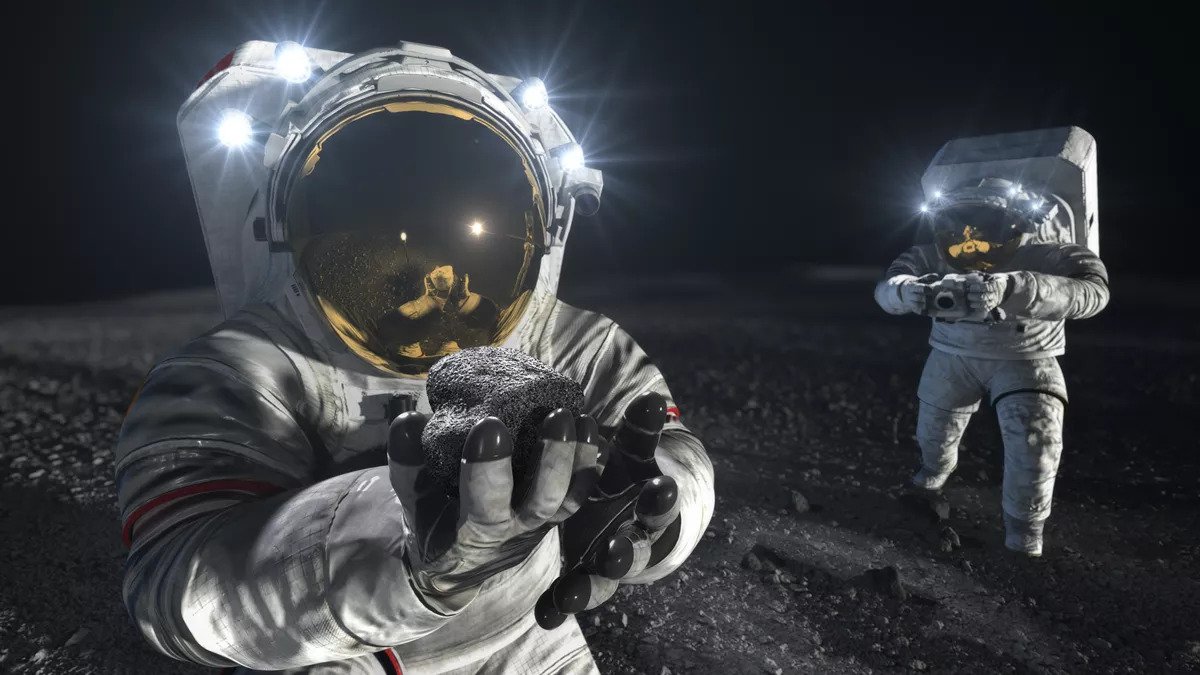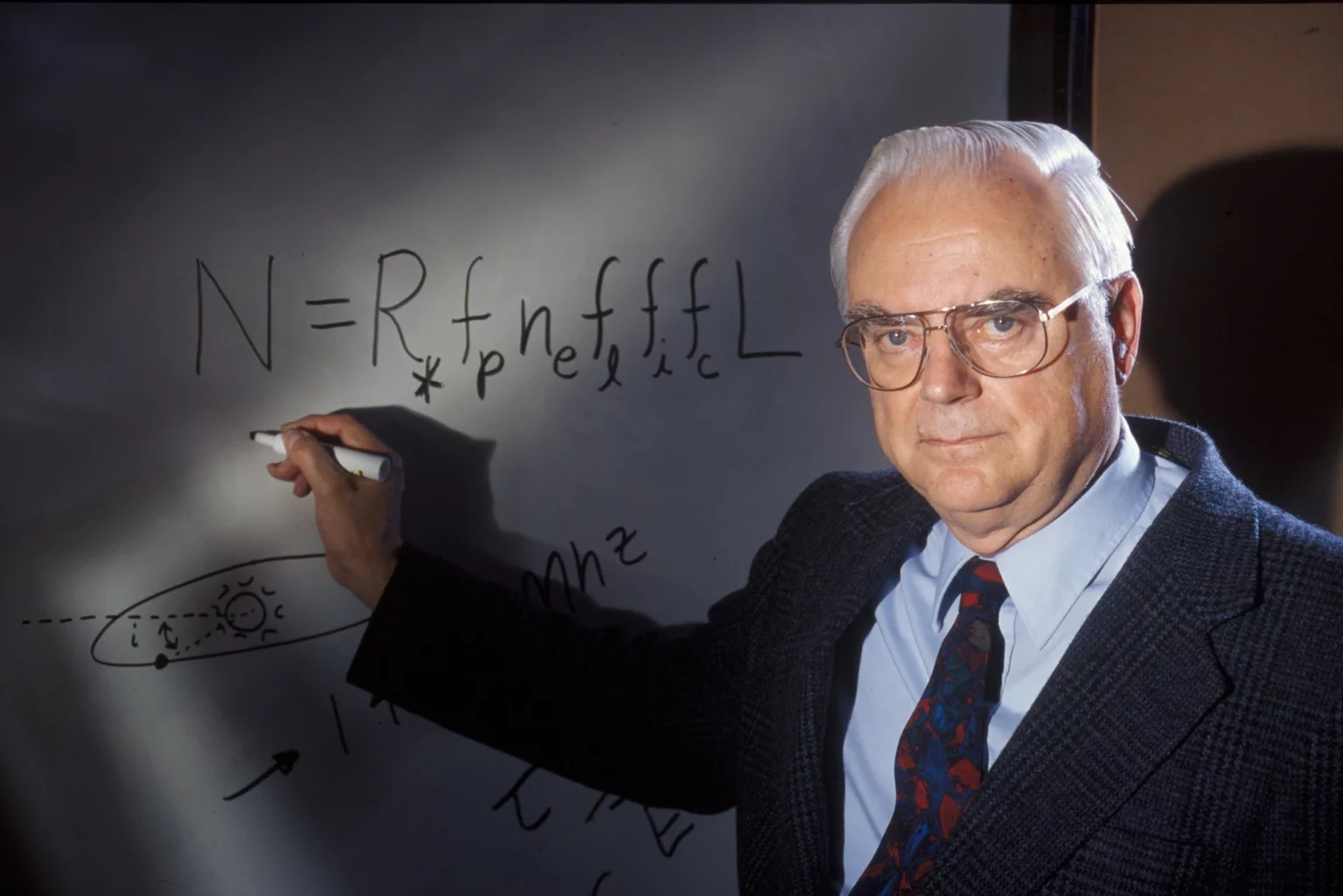Selection of the most interesting space news for the week: NASA has chosen a company to create lunar spacesuits. The astronauts showed how they save lives in orbit, and we tell what the Drake equation is and why the Universe is silent.

“Is there intelligent life on Earth?”
― Frank Drake
CERN may stop Large Hadron Collider to save electricity
The Large Hadron Collider, where experiments are being conducted to study dark matter and the Higgs boson, may be turned off due to savings. Various European organizations are developing measures to drastically reduce electricity consumption in order to reduce Europe’s dependence on the aggressor country.Russia has repeatedly used natural gas before as an instrument of blackmail and pressure on the West. Now, such actions of it can also affect fundamental physical research.
Dream Chaser will deliver scientific and military cargo to orbit
Sierra Nevada Corporation has signed a contract to use its Dream Chaser spaceplane to deliver cargo into orbit. It is expected that from 2024 it will carry out cargo flights for the German company Yuri, which participates in experiments on board the International Space Station (ISS). Dream Chaser will be launched using the Vulcan Centaur carrier manufactured by the United Launch Alliance. The launches will be carried out from the US Space Force site at Cape Canaveral. The spaceplane will land on conventional runways.
“Luna-25” will fly nowhere
The development of the concept of the Russian lunar mission began back in zero. Initially, it was a very ambitious project, involving the creation of a network of seismic stations on the Moon. However, due to the lack of necessary funding and the degradation of the Russian space industry, it has undergone many metamorphoses, significantly losing in scale. Moreover, the launch date was constantly postponed to a later time. Because of this, all foreign partners gradually leave the project.
After the ESA left the project, Roscosmos said that the mission launch would still take place in 2022. However, after a while, the general director of Roscosmos, Yuri Borisov, had to admit that the launch would take place no earlier than 2023. However, taking into account the sanctions, the breakdown of relations with foreign partners and the very deplorable state of affairs in Russian cosmonautics, at the moment it seems very doubtful that Roscosmos will be able to send at least something to the moon.
3D printing with a mixture of metal and Martian dust
Researchers suggest using new technology to build a base on the red planet. They tested a material based on a mixture of Martian dust and titanium to print parts on a 3D printer. The researchers experimented with the composition of the mixture, changing the dust content from 5 to 100 percent. Depending on this, the mechanical characteristics of the final material changed. The mixture was used as a raw material for a 3D printer, which fused it with a laser at a temperature of 2000 degrees Celsius and printed the parts.
The resulting parts have different characteristics depending on the composition. For example, the samples are 100 percent made up of Martian dust just crumbled. But the parts containing a high percentage of titanium showed very high thermal and mechanical performance. Behind them, they surpassed even pure metal.
Resuscitation in space: How ISS astronauts save lives in orbit
Practising CPR in Space ⛑ #MissionMinerva #CPR #LifeInSpace@esa @esaspaceflight @Space_Station pic.twitter.com/qfEcqpCMU6
— Samantha Cristoforetti (@AstroSamantha) September 2, 2022
Since the conditions of microgravity in orbit are somewhat different from those on Earth, some methods of emergency medical care need to be adapted so that they are effective in space. To perform chest compression on the Earth, we use our weight to push on the upper body. But in space, the lack of gravity complicates this process, since the compression procedure will force the astronaut to push off from the person they are trying to save. Cristoforetti shows several ways to get around this disadvantage in microgravity.
Photo of the week

The US National Science Foundation has published some striking photographs taken by the DKIST telescope (Daniel K. Inouye Solar Telescope). To date, these are the most detailed images of the solar chromosphere. According to astronomers, they are “worth more than a thousand words”. The DKIST image covers an area of 82.5 thousand km. This is almost 7 times the diameter of the Earth. The image was taken at a wavelength of 486.13 nm, its resolution is 18 km. For a better understanding of the scale, the observatory staff published an additional version of the photo with the Earth superimposed on it.
Interesting figure — USD 228.5 million

NASA has announced that it has chosen Axiom Space to create a spacesuit for lunar travel, which will be used in the Artemis program. The total value of the transaction is USD 3.5 billion, but this money will be distributed evenly until 2034 through the fulfillment of individual NASA orders. The first order worth USD 228.5 million was received by Axiom Space and it is intended for the manufacture of spacesuits for the Artemis 3 mission.
Something to read on the weekend

On the night of September 2, 2022, legendary astronomer Frank Drake died at the age of 93. He was one of the pioneers of radio astronomy and projects to search for extraterrestrial civilizations. Until the end of his life, he sincerely believed that we are not alone in this Universe. How many civilizations can humanity meet in our galaxy? We tell you what the Drake equation is and why the Universe is silent in the article “37 civilizations and one Drake equation“.
We also talk about what planetesimals are and what the planets of the Solar system have to do with it.
Follow us on Twitter to get the most interesting space news in time
https://twitter.com/ust_magazine

